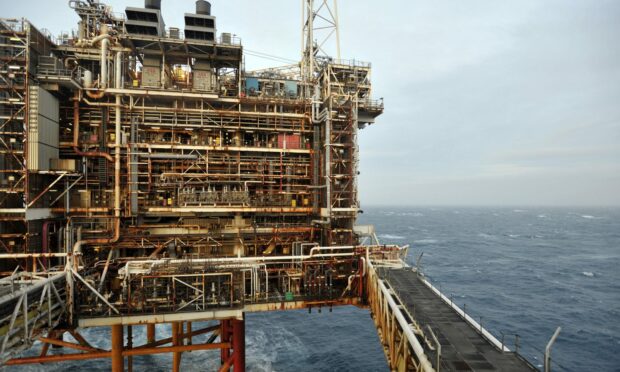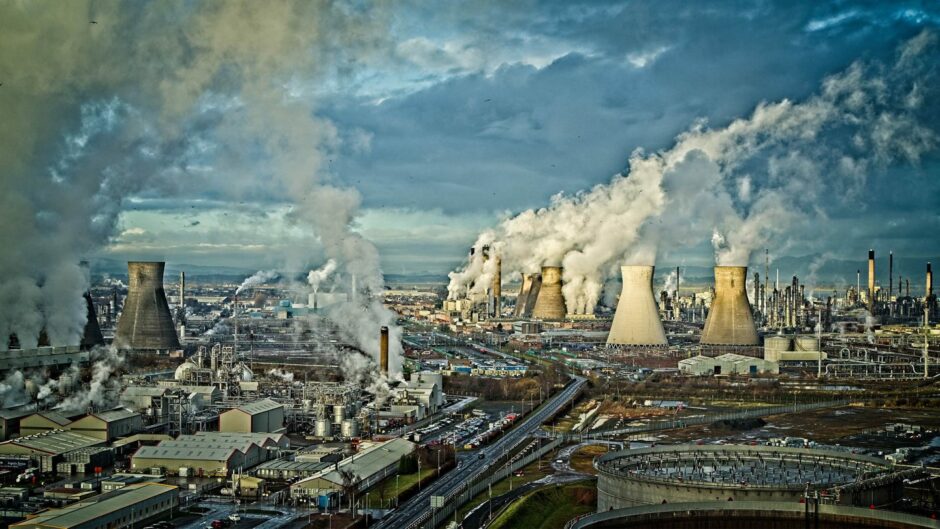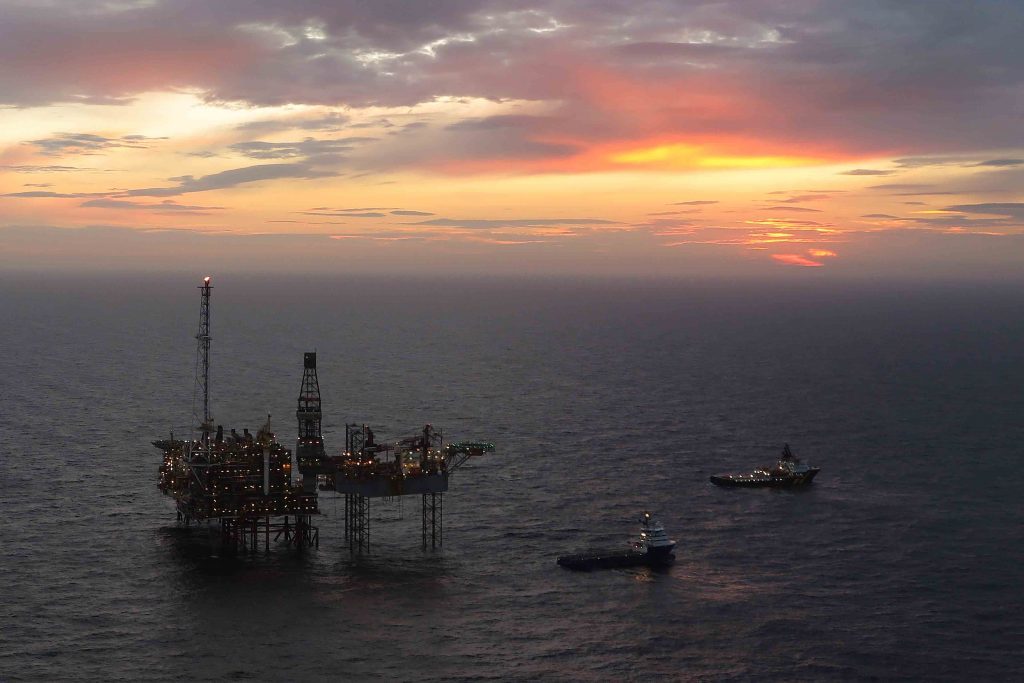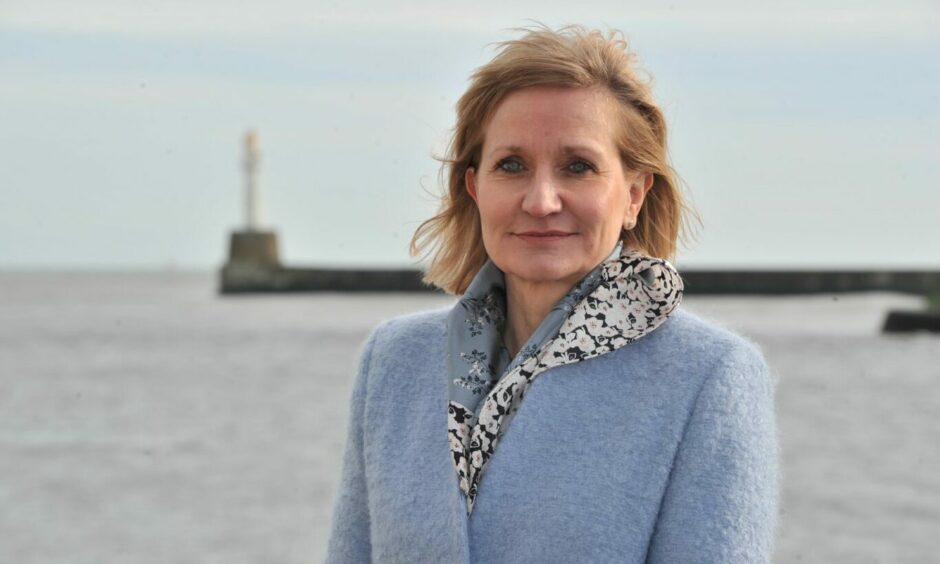BP is pressing ahead with plans to develop a North Sea oil and gas field 126 miles east of Aberdeen.
The energy giant said the Murlach field could be producing oil and gas as soon as 2025.
Industry leaders hailed the plan as “vitally important” for maximising domestic supply.
However environmental campaigners branded it a “reckless” move that would only worsen the climate change crisis.
The project is expected to recover 25.9 million barrels of oil and 602 million cubic metres of gas.
Old field, new oil
Murlach is a redevelopment of the Skua field which was in production in the early 2000s, then operated by Shell.
It expects the field will produce in the region of 20,000 barrels of oil per day and around 17 million cubic feet of associated gas per day for up to 11 years.
The field’s wells will be tied back to BP’s existing production facilities at its Eastern Trough Area Project (ETAP) hub in the central North Sea.
Oil would be exported via the Forties pipeline to Grangemouth, while gas would be delivered to Teesside via the Central Area Transmission System (Cats) pipeline system.
BP has submitted an application for consent from the North Sea Transition Authority (NSTA), and published an environmental statement on the project, a key milestone ahead to clear the way for a final investment decision being made.
The submission of the environmental statement will allow a public consultation to now begin on the project.
A BP spokesperson said: “Without pre-empting the outcome of this process, BP believes this development supports our strategy to produce hydrocarbons at a lower cost and with lower operational emissions through the use of existing infrastructure, in this case the BP-operated Etap hub in the central North Sea.”
The firm highlighted that the project supports its plans to invest £2 in the UK this decade for every £1 made producing oil and gas here, while value generated from North Sea oil and gas production supports its energy transition plans for the UK including offshore wind, hydrogen, CCUS and electric vehicle charging infrastructure.
It added: “Developments like Murlach also support the UK government’s energy security strategy which places a focus on the important role of domestic, lower carbon oil and gas as the world transitions to lower carbon forms of energy.”
The UK Government put support for the North Sea oil and gas sector at the heart of its energy strategy, published earlier this month, in a bid to help wean the country off supply from Russia.
Industry leaders hailed it as a “once-in-a-generation” opportunity to ensure an orderly transition to net zero.
Chief executive of trade body Offshore Energies UK Deirdre Michie, said: “With the current geopolitical climate, it’s more crucial than ever that we as a nation continue to maximise our domestic supply as a matter of national security.
“Today oil and gas meets 75% of our total energy needs.
“Many oil and gas companies are already investing in the cleaner energies of the future but while that demand is there, it makes sense to produce as much of our own needs as we can, and as cleanly as we can.
“Last year the UK had to import 62% of its gas, and this figure could reach 80% by 2030.
“Therefore, fields like Murlach remain vitally important in protecting the UK’s future energy security whilst meeting our climate targets.”
We don’t need Murlach and the world can’t afford any new oil and gas projects anywhere.”
Caroline Rance, Friends of the Earth Scotland climate and energy campaigner
Caroline Rance, Friends of the Earth Scotland climate and energy campaigner: “Opening up the Murlach field would be a reckless move that would further lock the UK into a broken energy system which is driving up energy bills and accelerating the climate crisis.
“Any oil or gas that BP manage to extract would be theirs to boost their vast profits by selling on the international market to the highest bidder.
“Every time the UK Government allows the opening of a new fossil fuel field we get further away from a well-planned just transition that supports the workers and communities who currently depend on the oil industry.
“We don’t need Murlach and the world can’t afford any new oil and gas projects anywhere.”



